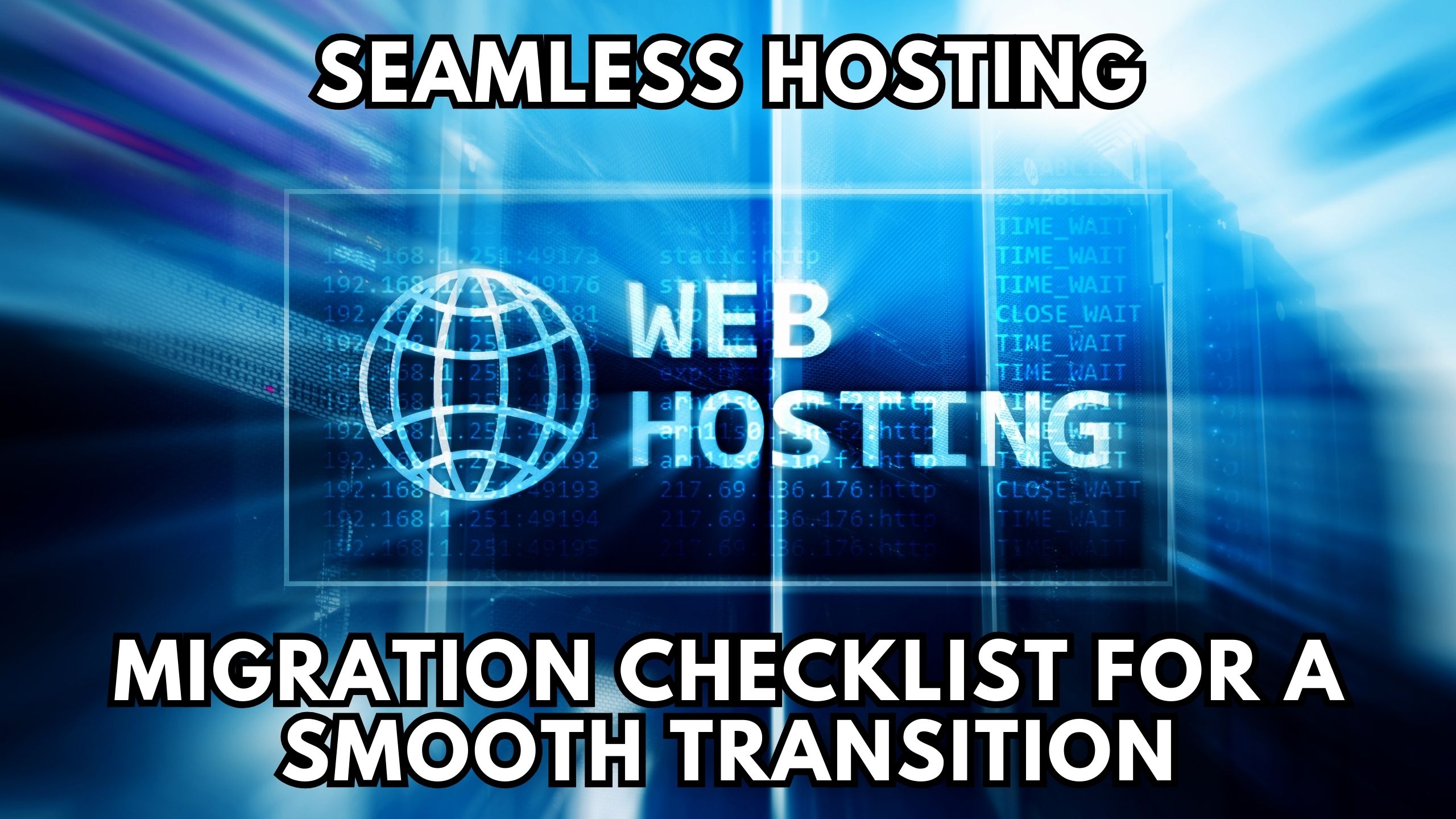Seamless Hosting: Migration Checklist for a Smooth Transition
-


Seamless Hosting: Migration Checklist for a Smooth Transition
Migrating to a new hosting provider can be a daunting task, but with careful planning it can be a smooth transition. Following a migration checklist will help ensure no steps are missed for a seamless hosting switch.
1. Audit Current Setup
The first step is to fully document your current setup. Outline all domains, subdomains, emails accounts, databases, FTP accounts, SSL certificates, and any other services in use. This overview will serve as a blueprint when recreating the setup on the new hosting.
Platforms like Linode and Flywheel offer robust hosting for a variety of sites and applications. Understanding exactly what you have through a full audit allows easy recreation.
2. Choose New Hosting Provider
With a complete outline in hand, research new hosting providers that fit your needs. Analyze factors like cost, server locations, scalability options, domain transfers, SSL certificates, and more.
Services like WPEngine cater specifically to WordPress sites for streamlined migration while platforms like AWS offer fully customizable cloud hosting solutions. Define must-have features to narrow options.
3. Migrate Domains and DNS
Domain transfers can take up to 5-7 days, so initiate this early. Point DNS to the new hosting before go-live to enable pre-launch testing. Services like Hover make managing domains and DNS easy during transitions.
4. Setup New Hosting Environment
With domains pointing to the new hosting server, setup can begin. Create email accounts, databases, FTP users and install applications. Prefill content when possible, such as reusing an SQL database dump from old hosting.
5. Website Migration
Choose from a few options when actually migrating sites over to the new hosting server:
- Manual Migration – Download site files and database from old host, upload to new platform.
- Automated Tools – Services like All-Migrations handle file/database migration.
- Clone Existing Site – Some hosts offer cloning tools to mirror current site prior to launch.
Pre-Launch Tests
With all pieces in place on the new hosting server, thoroughly test to catch any issues. Verify emails send/receive properly, databases connect as expected, SSL certificates work, and sites display correctly.
Plan Downtime Window
Schedule a maintenance window for the go-live cutover to minimize downtime. This is when DNS will point to new hosting and any final site tweaks can happen behind the scenes while traffic is switched over.
Launch!
Following the steps above will allows for a smooth transition to new hosting. But diligently verify all systems post-launch and monitor performance. Export admin access and credentials to transfer ownership completely.
Take Control of Your Hosting Journey Now!
Unlock the ultimate subscription management solution at Subscribed.fyi. Sign up today to access exclusive member-only deals on 100+ SaaS tools, saving you over $100,000 per year! Manage all your subscriptions effortlessly and make informed decisions with Subscribed.fyi.
Relevant SaaS Tools:





